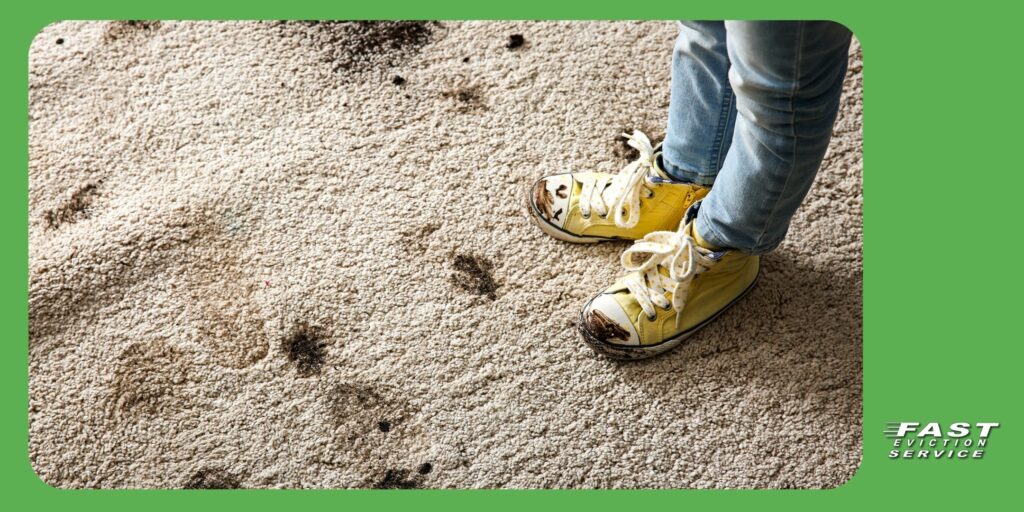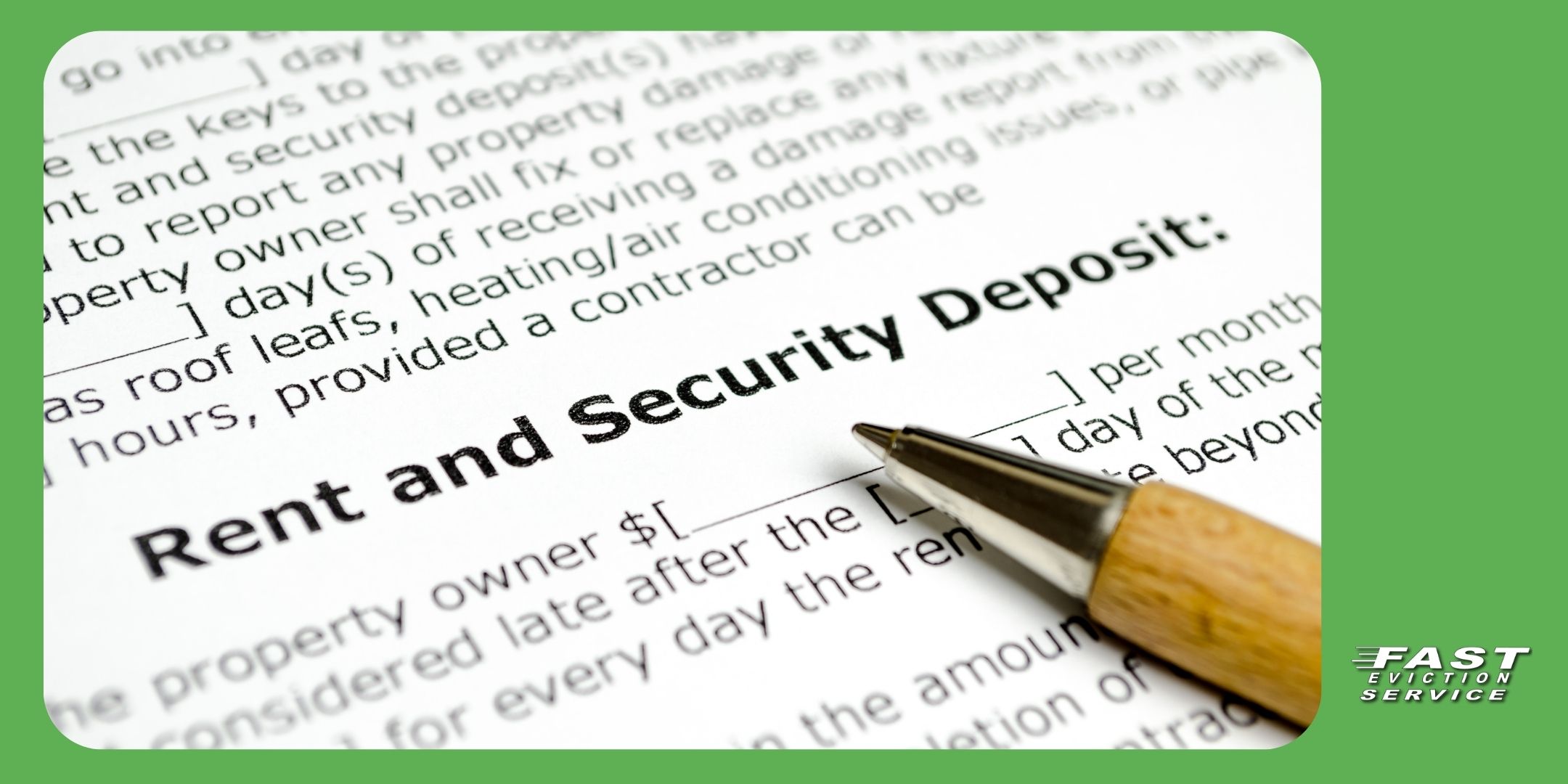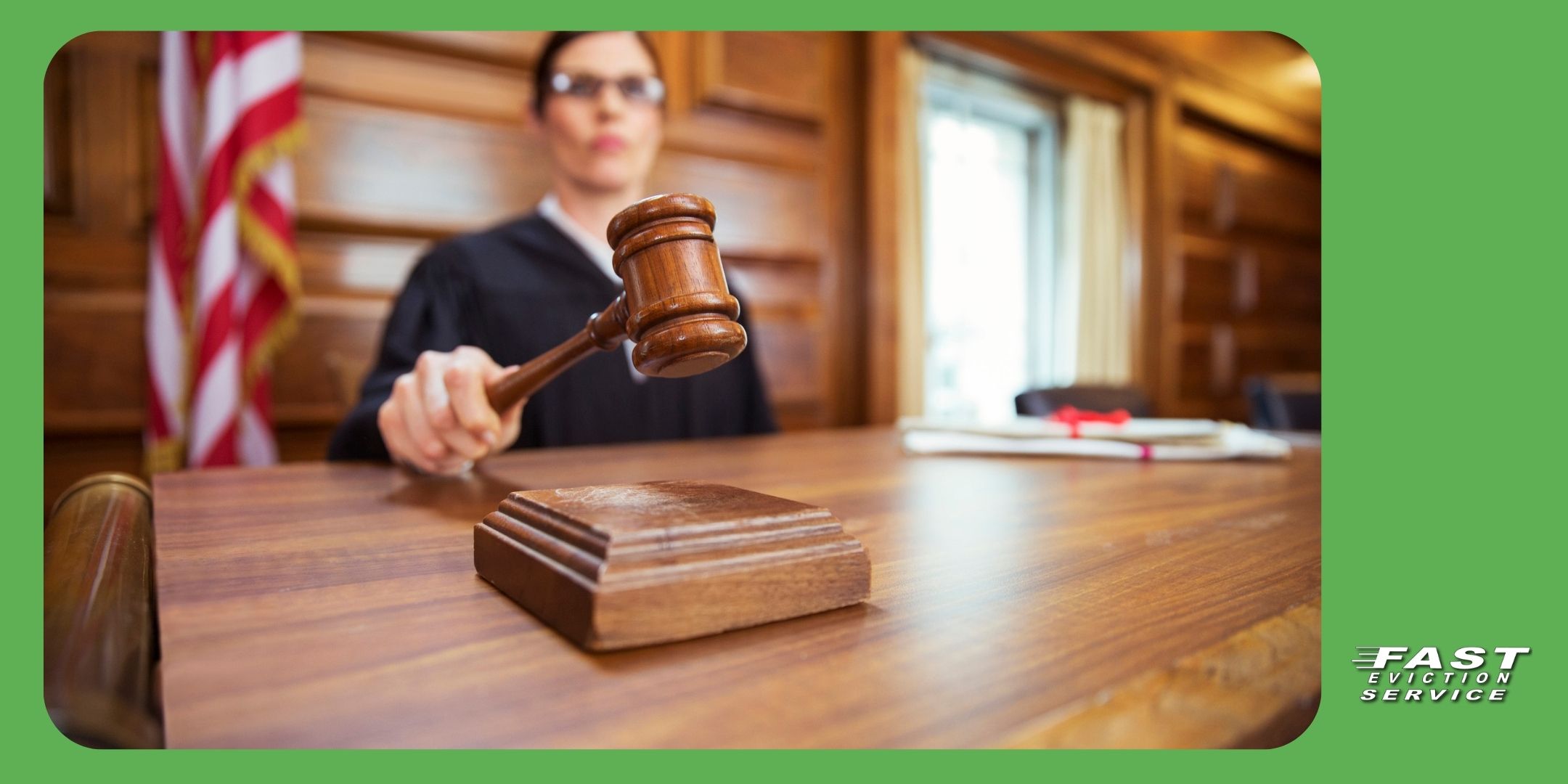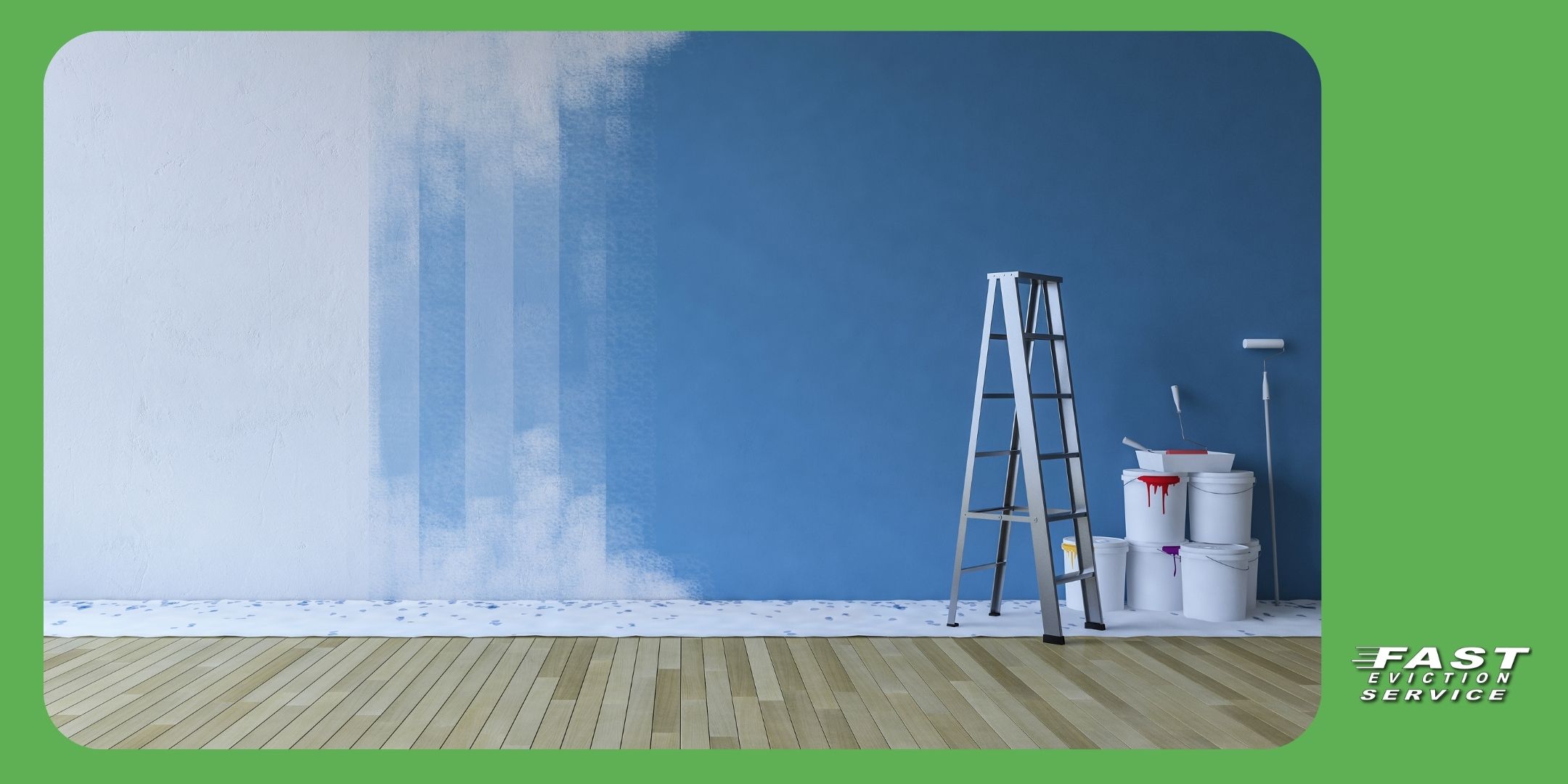Updated 04/18/24
In a rental property, there is a distinction between “wear and tear” and “damages” that is important for both landlords and tenants to understand. Here’s the difference between the two terms:
Wear and Tear:
- Definition: Normal wear and tear refers to the natural deterioration that occurs over time due to regular use of the property. It includes things that happen as a result of everyday living.
- Examples: Faded paint, small scuffs on walls, worn carpeting, or minor scratches on hardwood floors are examples of wear and tear. These are considered normal and expected over the course of a tenancy.
- Responsibility: Typically, landlords are responsible for addressing normal wear and tear as part of routine maintenance and preparation for new tenants.
Damages:
- Definition: Damages, on the other hand, refer to harm or destruction to the property beyond what is considered normal use. These are issues caused by negligence, abuse, or carelessness on the part of the tenant or their guests.
- Examples: Holes in the walls, broken windows, burns in the carpet, or significant water damage are examples of damages.
- Responsibility: Tenants are generally responsible for repairs or replacements needed due to damage they cause during their tenancy. These costs can be deducted from the security deposit.

Table of Contents
Once a tenant has vacated your rental property, the landlord has 21 days to give the tenant an account for their security deposit. This is where tenants and landlords share vastly different opinions especially when it comes to normal wear and tear vs damage in California.
According to a study by Porch, 23.8% of renters surveyed agreed that they thought a landlord had unfairly withheld part of their security deposit. I can assure you that the landlord thought the money retained was perfectly fair.
Now, let’s make one thing perfectly clear: landlords aren’t allowed to keep any amount of the deposit they want. They have legal obligations in California to account for their tenant’s security deposit.
- Landlords must return the tenant’s security deposit in part or in full within 21 days of them vacating your property.
- If a deduction was made, landlords must provide proof of costs.
- The law allows landlords to deduct from the security deposit to cover the cost of damages caused by a tenant.
- Landlords cannot deduct normal wear and tear of the tenancy, or the expected depreciation of a property.
One example would be If carpeting has been destroyed by the tenant and it was 8 years old. In this case, perhaps no allowance is appropriate as the floor coverings were due for replacement. Destruction of brand new carpet, however, may result in full replacement cost to be deducted from the tenant’s security deposit.
What is Normal Wear And Tear in California?
Normal wear and tear in California of a rental unit is the physical deterioration that occurs with normal use. It can easily be differentiated since wear and tear excludes occupants’ or their guests’ negligence, carelessness, accident with, or abuse of the premises, fixtures, or chattel property. Normal wear and tear is deterioration or depreciation in value by ordinary and reasonable use.
Signs of normal wear and tear of a rental property include
- Worn electrical switches
- Frayed pull strings on blinds
- Lightly scuffed hardwood floors
- Loose caulking
- Peeling wallpaper
- Faded curtains
- Dirty window screens.
Time and regular daily use can cause any of these items to become worn, which does not constitute damage.
Damages Caused by Tenants
When a tenant causes damage beyond normal use, a landlord has cause to charge the tenant for the damages. This may include damages inflicted by the tenants, their guests, or pets. Damage is usually caused by either intentional breakage and abuse or by negligence.
Matted carpeting would be wear and tear, while burned or stained carpeting is clearly tenant damage. Similarly, a few small nail holes would be wear and tear, while large holes in the wall can be classified as damage. Fingerprints and faded paint would constitute wear and tear, while large stains on the wall, ripped wallpaper or broken molding would be considered damage.
It gets easier to see the difference between normal wear and tear vs damage when you ask yourself why doesn’t the garbage disposal work? Is it 20 years old or does it have silverware lodged in it?
Other questions to ask to determine whenter it’s normal wear and tear vs damage caused by tenants:
- The linoleum shows wear over years and must be replaced or the linoleum has stains, holes and cigarette burns.
- Cracks in the walls must be repaired. Is this due to the structure settling or the tenant’s carelessness?
- Do you pick up a few left over toys and gardening tools in the backyard or do you need to haul loads of trash and debris?
Remember that California State Law defines the reasonableness standard of normal wear and tear vs damages during a tenancy in California.
A tenant who is unhappy with the disposition of his/her deposit will file a claim against the landlord in court. The landlord must keep in mind that that delayed or neglected maintenance does not contribute to damages caused by tenants. For example:
- The wall behind the door is missing a doorstop and now there is a hole in the wall where the doorknob caused damages.
- Leaking or dripping pipes can cause damage quickly and destroy cabinets and floors.
- Windows which are not securely shut can allow water from outside to damage woodwork and flooring as well.
- Any damages seen as the province of the landlord will certainly find disfavor with a judge.
Normal Wear and Tear in California
California State Law determines the reasonableness of normal wear and tear, which often depends on the tenants’ length of residency. For instance, if the tenants lived in the property for three years, it may be reasonable to expect to paint the walls and clean the carpets once they’ve moved out. If the tenant had lived in the property for six years, it may be reasonable to expect to replace the carpeting.
The property owner typically bears the costs for normal wear and tear maintenance.
Many California Courts will allow you to prorate the useful life of a damaged item. Under California landlord-tenant guidelines, a carpet’s useful life is eight to 10 years. Then the cost of replacing the carpeting would have to be prorated over a 10-year period. The cost of replacing the carpet after 10 years is the responsibility of the landlord. If the court believes that the useful life of carpeting in a rental dwelling is five years, then the cost of replacing the carpeting would have to be prorated over a five-year period. You cannot charge the former tenant the full replacement amount if items are past or well into their life expectancy.
Keep in mind that the security deposit belongs to the tenants and you act as an escrow agent to hold and care for the tenants’ deposit. However, the funds may revert to you at the end of the tenancy if you make a successful claim against the deposit (in compliance with local and state laws) or the tenants have otherwise forfeited the deposit through violation.
Common sense should guide you through the decision of what portion, if any, of the deposit is to be refunded and how much should be kept for tenant caused damages. Just remember to keep good records and receipts of all deductions made. The ultimate determination of the security deposit and how much any specific issue is normal wear and tear vs damage may be decided by a Judge in a California Court.




